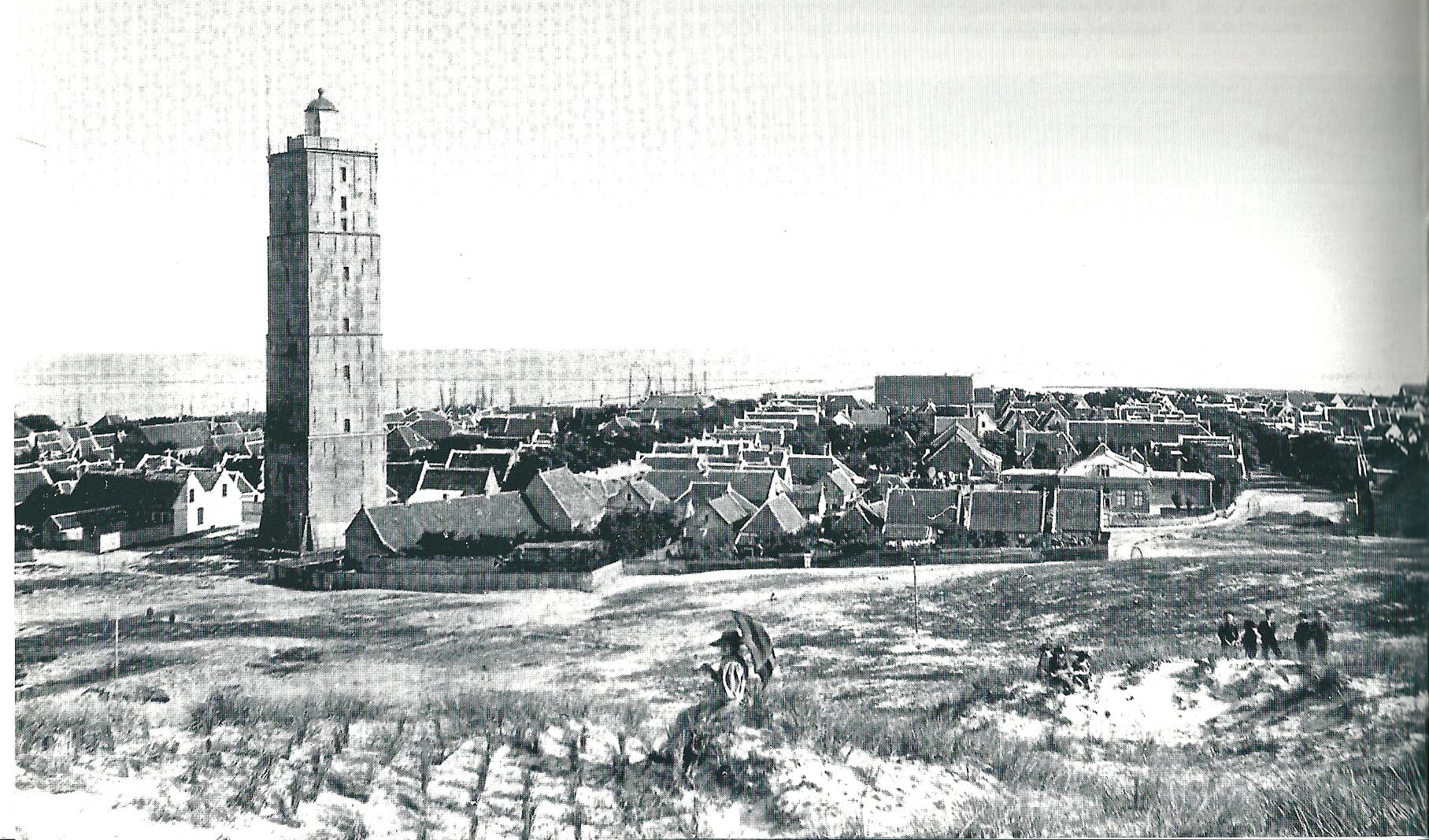
Tourism on Terschelling | History
Tourism is the main source of income for Terschelling and its population. Whereas in the past it was the shipping, fishing and agricultural sector, this changed rapidly after the Second World War.
The Holiday Makers
Jost Krippendorf already wrote about it in his book 'The Holiday Makers' and the basis that also applies to Terschelling is simple. Once there was someone who had seen the widest beach in Europe. This was unique and it was on an island called Terschelling. He quickly passed on his enthusiasm to family and friends and the 'badgast' was a fact. For the record: 'badgast' is not a swear word, on the contrary, it refers to the guests who came to the island for its beautiful beach at the North Sea.
The origin of the Longway
An employment project during World War I was set up to ensure that building materials could be transported from the harbor to the beach pavilion that was being built at West aan Zee. A shell path right through the woods and dunes was built by English unemployed workers who sang the song 'It's a long way to Tipperary' every day. This was then the song that English and Irish soldiers sang when they marched to the Belgian front. Half in Dutch and half in English, but it ensured that this shell road is still called the Longway today. The Bathing Pavilion came (now Hotel Paal 8) and so did the 'badgasten'!
In the years after the First World War the visit to this beach really took off, but everything came to a standstill during the Second World War.
The golden years
After the war, tourism on the island increased. There were many large island families with little income, but tourism brought prosperity. The 60s and 70s were booming, the island developed into a true tourist paradise. The "badgasten" gradually began to appreciate the island itself, and not only the vast beaches. The villages were discovered, the restaurants sprung up, campsites started where the cows used to be, and many recreational houses (summer houses) were built to meet the increasing demand for overnight stays.
Whereas in those days it was mainly the summer period, nowadays tourism on Terschelling is a year-round activity. By developing events in the spring and autumn it is possible to spread tourism. Moreover, the guest has become more mobile and there is more room for an extra weekend away besides the big vacation.
The strength of Terschelling
Nowadays our visitors know how to find the island throughout the year. And it is not the case that the island is overcrowded in the summer period. That is exactly what describes the strength of Terschelling: everyone can recreate on the island at the same time and still do his or her own thing. Whether you like sportive activities or a bookworm, young or old, like going out or staying in; Terschelling surprises you by giving you a place where everyone feels at home and can have a wonderful stay. The island is diverse in its offers and large enough in physical surface to guarantee this.
The island feeling
The true island feeling can be experienced on Terschelling. The island is situated like a narrow line between the North Sea and the Wadden Sea. That line is 30 kilometers long and 4.5 kilometers wide, at its widest point. Wherever you are, you can always taste, smell, see or hear the sea. The presence of an enormous nature allows you to enjoy the space it gives you, even in a busy period.
Sign In
Do you want personal tips for your holiday? Then sign up for the newsletter

